14 People Who Learned the Shocking Truth About a Friend


Okay now, gather around my digital campfire and listen to the thrilling story of one man’s determination to survive, despite all odds! Ready? Okay, let me take you back to 1941...
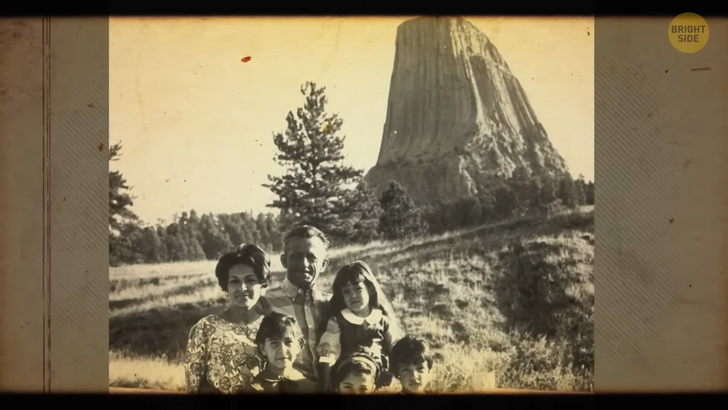
It all started when George Hopkins, a professional parachutist, was dared by a friend to parachute and land on an isolated steep hill. In this case, it would be fair to call him a true daredevil since this hill was also called Devils Tower. Devils Tower is a butte composed of magmatic rock. It’s located in Crook County, Wyoming. It’s also known as Bear Lodge Butte because plenty of bears used to live there. Also, it was considered a sacred place by indigenous people. They have fascinating legends about how the rock was formed.
But Hopkins’ story is not a legend, no! It’s all real! Before his almost week-long survival adventure began, Hopkins already held several records when it came to parachuting. One of them was for making the most parachute jumps — the number was close to 2,500! Another record was for jumping from the greatest height, which was 26,400 feet. He even made a living by leaping from burning planes for movies! That’s a real Hollywood hero! However, he was not the one to be content with what he had.
He always wanted to push his limits further and achieve more. That’s when he struck a wager with his friend Earl Brockelsby, who was also a bit of an eccentric person himself. The man was known for things like keeping a live rattlesnake under his hat, which he would reveal from time to time, letting people pet it. Brockelsby offered to give fifty dollars to Hopkins if he could successfully parachute and land on top of the rock. That amount may not sound like much, but it equals around eight hundred dollars today. So, now you know why parents tell you to choose your friends carefully...
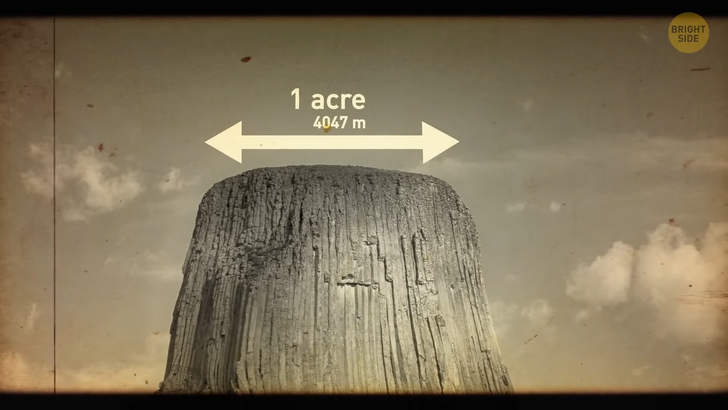
Of course, Hopkins wanted to win the bet. With the Tower summit being just over one acre in size, he wanted to prove that he could land precisely on the target. And he was confident that he’d be able to do it easily. What could go wrong? (This is the kind of self-confidence we all want, am I right? Well, in this case, maybe not so much...)
Hopkins made the mistake of not getting permission from the National Park Service for his publicity stunt. He only informed one newspaper reporter from the Sundance Times, promising them exclusive coverage of his jump on condition that they didn’t tell anyone until after the act was complete. His plan was simple. He was going to jump out of a plane and land on the rock.
After that, a bag with climbing supplies would be dropped down to him. There would be a sledgehammer, an old car axle sharpened on one end, and 1,000 feet of rope inside. He was later going to use all this to come down from the Tower. Little did 29-year-old Hopkins know as he took off in a plane on October 1, 1941, that his plan was going to fail...
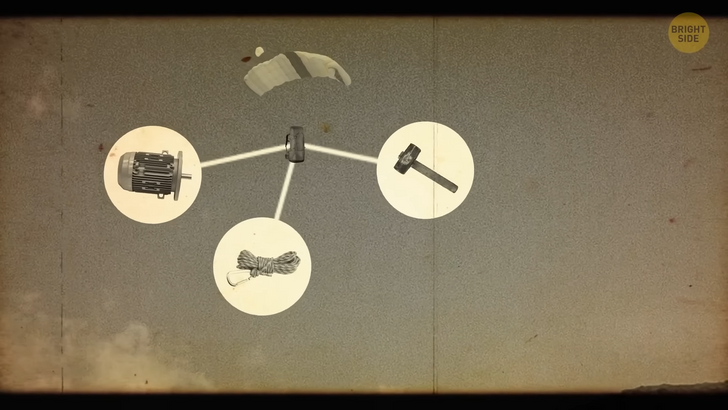
As soon as he made the jump, the problems began. He was nearly knocked off course by severe wind gusts. The landing was rough. The man was reportedly dragged several feet across the rocks, hitting a boulder. Thankfully, he was mostly unharmed. However, that wasn’t the case with his rope and supplies... His pilot dropped his stuff down. But the bag bounced and fell off the edge of the Tower, leaving Hopkins stranded on top, over 1,200 feet in the air.
The ironic thing is he was ultimately going to realize that even if he had managed to retrieve his supplies, he still wouldn’t be able to make it to the bottom. His rope was around 200 feet shorter than needed. Oops. Realizing this was now an emergency situation, his pilot informed the authorities, and a plan to save Hopkins was put into motion.
The first thing they did was to try to drop the supplies for the second time. However, that didn’t work out because they didn’t bundle the rope properly. As a result, it unfurled while falling and got tangled and frozen due to heavy wind and snow. Hopkins was unable to untangle the frozen rope despite all his efforts. It finally sank in that he was going to have to spend the night there, shivering in the rain.
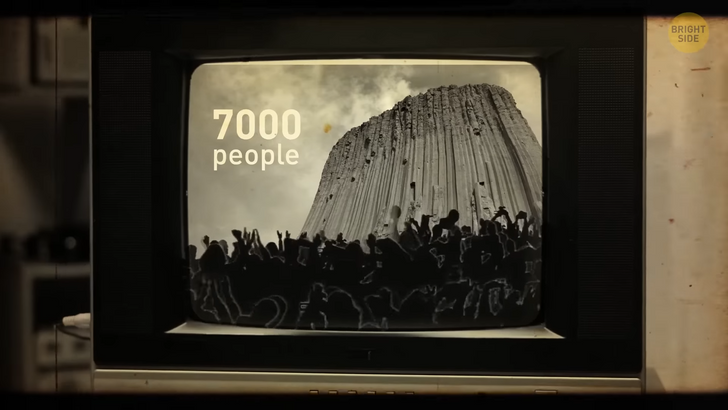
After hearing about what had happened, spectators, photographers, and newspaper reporters flocked to the scene to watch things unravel before their eyes. The park service later reported that over 7,000 people visited the rock during the course of these events. What is a publicity stunt without the public anyway?
The next day, Hopkins started getting frustrated with each passing hour. That’s why he decided to throw a note off the edge of the rock. In this note, he said he would like to attempt to parachute off the Tower. But the authorities immediately vetoed this idea stating it was too risky. But now, they had to come up with a better way to save him.
As they were brainstorming about the safest way to do it, airplanes kept dropping water, blankets, warm clothing, and food to Hopkins. He shared it with chipmunks and squirrels. It’s reported that even a medium-rare steak was in one of those survival bags. Still wouldn’t consider it a 5-star dining experience, though.
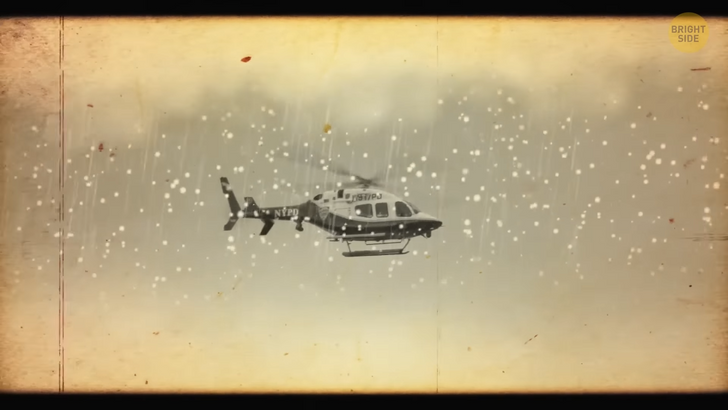
The ideas of saving him with the help of a helicopter or even a Goodyear blimp were quickly dismissed. They were too dangerous due to increasingly hazardous weather conditions. Eventually, it was decided that it would be best for someone to personally retrieve Hopkins. In the next few days, several attempts to rescue Hopkins were made by experienced climbers, but they all ended in failure due to merciless winds and snow.
That’s when Hopkins’s luck must have returned because a Dartmouth student named Jack Durrance notified the park services that he was willing to come and rescue Hopkins with a bunch of his climbing buddies. The authorities were willing to accept Durrance’s offer and give him a chance. After all, he was one of the first people to ever climb the tower back in 1938.
Durrance and his team were supposed to travel by plane, but the flight was delayed due to bad weather. This forced them to travel by train to Denver, then by car the rest of the way. They arrived at the Tower on October 5 and started working on finding a safe route for their rescue mission. It was stated that “the tower was nothing but a sheet of glass” when they arrived.
Fortunately, that didn’t stop them from slowly ascending to the summit where Hopkins was waiting. They did that by hammering pegs into the rock, and attaching their ropes to it, to keep them safer as they clambered up the steep rock. The climb took them nine hours. They found Hopkins in good physical condition and good mood. Together, they began their descent, which was completed with little difficulty.
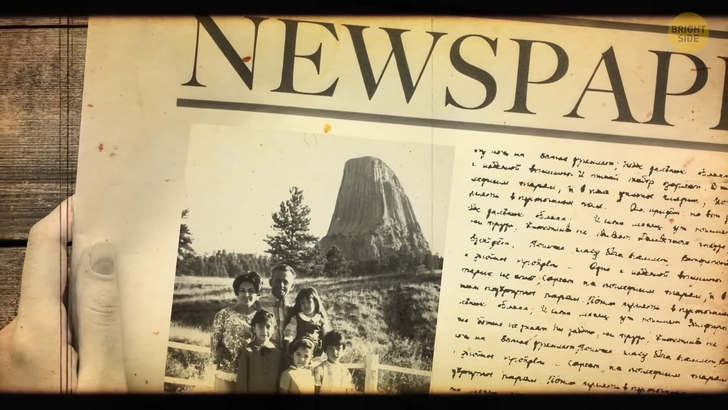
In the end, Hopkins appeared in newspaper headlines just like he wanted and got his fifty dollars from his friend. Afterward, Hopkins continued parachuting. He even helped train young parachuters. He eventually quit “flying and jumping” in 1958. But he still holds the title of the only man to parachute onto the top of Devil’s Tower.
Buttes are not the only places where parachuters get stranded, by the way. There are many cases of them getting stuck on trees, hills, radio towers, lamp posts, and even buildings. One such case happened fairly recently during the Turkey leg of the 2014 ProBASE World Cup. A top base jumper taking part in the cup was going to jump from the 780-ft-tall Sapphire Tower, which is one of Istanbul’s tallest skyscrapers. If only he knew things were going to get nasty...
Seconds after he started his jump, his parachute snared itself on the side of the building, and the man was left there, hanging high and dry! Where is Spider-Man when you need him, right? After dangling in mid-air for almost an hour, he was eventually rescued by firefighters who used a wire rope-suspended cage platform used for glass cleaning to save him. I bet he’ll think twice before singing “I believe I can fly” now... or not.











